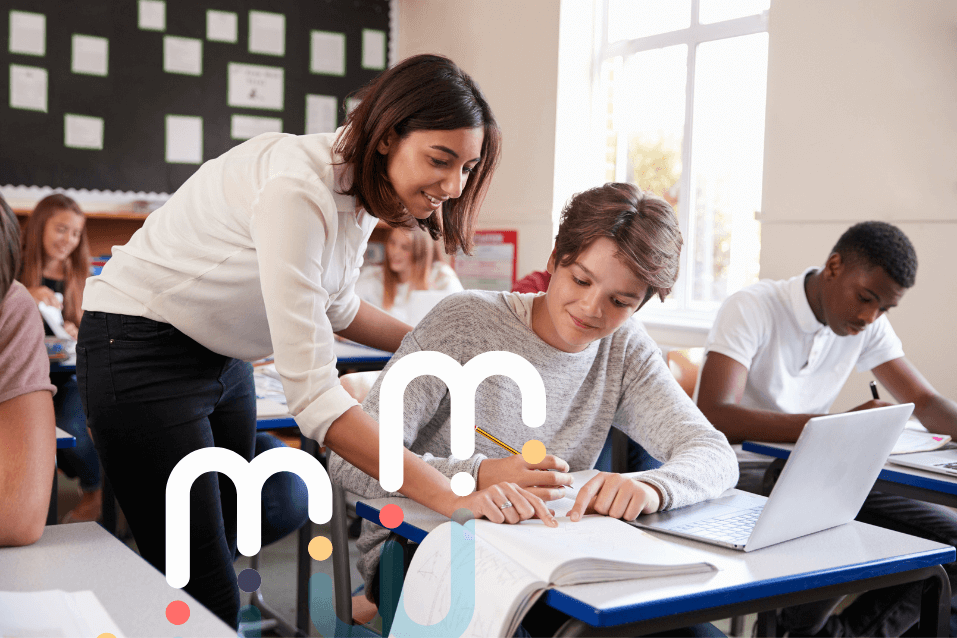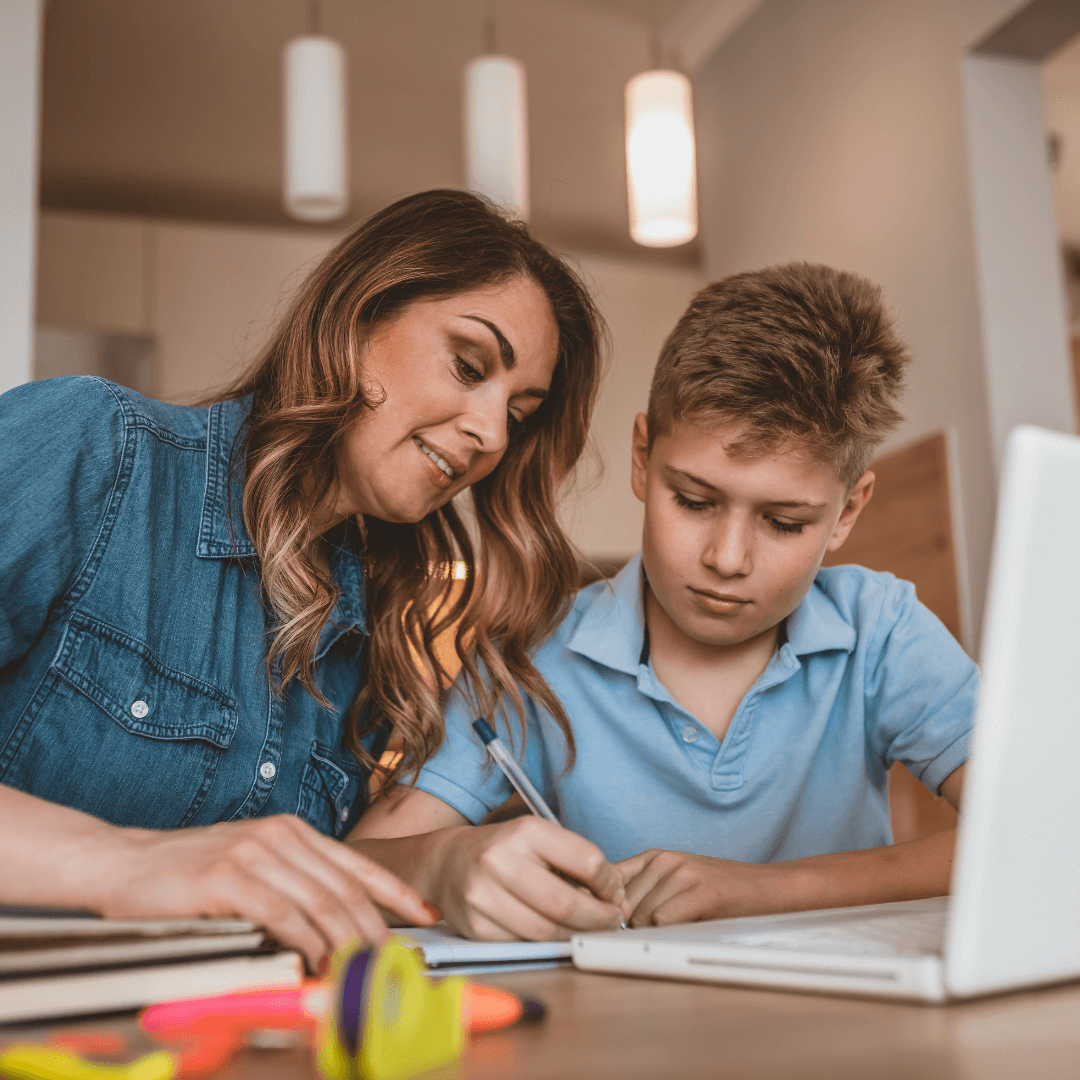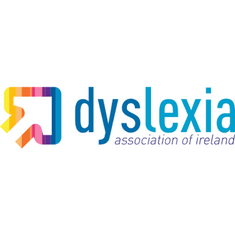By Dyslexia Association Of Ireland Information Team, Aoife Anderson & Sonia Tanase
Overview
Did you know that 1 in 10 people are affected by Dyslexia in Ireland? Within a classroom of 25 people, that means there are at least two people that will be on the spectrum to varying degrees. Giving a child with Dyslexia can truly make a difference within the classroom.
What is Dyslexia?
Dyslexia is a learning difference that can cause difficulties with learning and work as it affects approximately 1 in 10 it is more common than you think. It occurs on a spectrum, with some people mildly affected and others more severely.
With the right understanding and support, people with dyslexia can achieve success in education, the workplace and in wider society.
Everyone with dyslexia is different, but there is a commonality of difficulties with reading, spelling and writing and related cognitive/processing difficulties. While people with dyslexia may develop strengths due to their dyslexia, such as determination, problem solving and resilience, dyslexia does not automatically bring specific gifts or talents.
Continue reading to see how you can identify and recognise the signs of dyslexia and how you can support a child with dyslexia.
Indicators of Dyslexia
One of the primary indicators of dyslexia is a problem learning to read and/or spell. This applies particularly when a child’s progress seems at odds with his or her general level of ability.
Each child with dyslexia has a unique profile of strengths and weaknesses. Indicators of dyslexia differ at different ages. The following lists are adapted from the Report of the Task Force on Dyslexia produced by the Department of Education.
If you see any of these indicators, a psycho-educational assessment will be required to make a diagnosis. What these lists do is help to confirm the suspicions that there is a difficulty present and therefore help in making the decision to obtain an assessment.
When looking at the lists of indicators, remember the following:
- No child will have all the indicators.
- Many children will have several of the indicators.
- Some indicators are more common than others.
- The number of indicators observed in a child does not indicate whether the child’s dyslexia is mild, moderate or severe.

Indicators Ages 7 – 12
● Has continued difficulty reading text aloud or silently
● Reading achievement is below expectation
● Still confuses letter sequences (e.g., soiled for solid; left for felt)
● Is slow at discerning and learning prefixes, suffixes, root words and other morphemes as part of reading and spelling strategies
● Poor reading accuracy, fluency, or speed interferes with reading comprehension
● Spelling is inappropriate for age and general ability (e.g., spelling the same word differently on the same page, use of bizarre spelling patterns, frequent letter omissions, additions and transposition)
● Poor spelling contributes to poor written expression (e.g., may avoid the use of unfamiliar words)
● Uses avoidance tactics when asked to read orally or write
● Experiences language-related problems in maths (e.g., when reading word problems and directions, confuses numbers and symbols)
● Is unable to learn multiplication tables by rote
● Still confuses some directional words (e.g., left and right)
● Has slow or poor recall of facts
● Lacks understanding of other people’s body language and facial expressions
● Has trouble with non-literal or figurative language (e.g., idioms, proverbs)
● Forgets to bring in or hand in homework
● Has difficulty remembering what day or month it is
● Has difficulty remembering their own telephone number or birthday
● Has poor planning and organisational skills
● Has poor time management
● Lacks self-confidence and has a poor self-image
Indicators at Age 12+ Years
●Is still reading slowly and without fluency, with many inaccuracies
●Misreads words (e.g., hysterical for historical) or information
● Has difficulty modifying the reading rate
● Has an inadequate store of knowledge due to lack of reading experience
● Continues to experience serious spelling difficulties
● Has slow, dysfluent and/or illegible handwriting
● Has better oral skills than written skills
● Has difficulty planning, sequencing and organising written text
● Has difficulty with written syntax or punctuation
● Has difficulty skimming, scanning and/or proof-reading written text
● Has trouble summarising or outlining
● Has problems in taking notes and copying from the board
● Procrastinates and/or avoids reading and writing tasks
● Does not complete assignments or class work or does not hand them in
● Is slow in answering questions, especially open-ended ones
● Has poor memorisation skills
● Still mispronounces or misuses some words
● Has problems recalling the names of some words or objects
● Has poor planning and organisational skills
● Has poor time management skills
● Has more difficulty in language-based subjects (e.g., English, Irish, History) than in non-language based subjects (e.g., mathematics, Technical graphics)
● Lacks self-confidence and has a poor self-image.
Having an open and honest relationship with the school will help support your child’s journey
Supporting a child with Dyslexia
When supporting a child with dyslexia, it can be difficult to know what is the most helpful thing to do for them. The most important thing you can do is remember that you are their parent/guardian, not their teacher.
Having an open and honest relationship with the school will help support your child’s journey.
The right recipe of:
● Information- clear and consistent communication between parents/guardians and school
● Advocacy- having the understanding and confidence to ask for help when it’s needed
● Support- quality, not quantity, meeting what is in the best interests of the young person
● Determination- supporting a young person to believe that their best is good enough
Assistive Technology and Dyslexia
There are a wealth of resources that exist to support a young person with dyslexia. The evolution of technology acts as an amazing tool in the toolkit for so many young people. The use of technology sits as a recommendation for all young people with dyslexia. However, how we introduce these tools can be important.
● What tools work for one child may not work for another. For this reason, we should understand and listen to children while they navigate tools and assistive technology resources.
● It is not always easy for a child with dyslexia to be one of the few people using Assistive Technology within the classroom. Schools, with time, will become stronger with this digital transition. However, having open and honest conversations with both our children and their teachers about how they are getting on and in what ways they can best be supported is hugely valuable.
● Using technology that is free and in-built within a computer can be a great starting point on one’s learning journey.
● Technology is a brilliant tool when used in tandem with other core literacy supports. Have open and healthy conversations with your child or young person about how technology can support them. Explain to them the certain challenges they might be having while also acknowledging that their relationship with technology may change and mould with time.
A very common question we get from parents and guardians is around when assistive technology should be introduced. There is no right or wrong answer to this as such. A child supported by a teacher will introduce assistive technology in a balanced approach. However, as dyslexia is different for everyone, the level of need will differ for each individual.
How Parents and Guardians Can Help
Parents and guardians often ask how best they can help their children once a diagnosis or identification of dyslexia has been given.
The following is offered as a result of the experience of many parents over the years:
● Don’t feel guilty. You did not cause your child to have dyslexia, and you could not have prevented it.
● Don’t blame anyone else – the child, the teacher, the other parent. Dyslexia is a fact of life – accept it and think of positive things you can do.
● Talk to your child about dyslexia and explain how it may affect the child and what you both can do to overcome it.
● Attend a Dyslexia Association of Ireland’s Parents’ Course to learn more about dyslexia and how you can support your child or young person.
● Read to your child – as often and for as long as possible. The benefits of this are enormous. The child will:
- Develop a larger vocabulary
- Hear words pronounced properly and punctuation marked
- Learn about reading for pleasure
- Keep up-to-date on books their peers are reading,
- Enjoy an activity without pressure
- Build self-esteem and confidence
● Read with your child. Paired Reading is a known technique which encourages reading for pleasure and meaning.
● Talk to your child – about this and that, everything and anything, just chat. So much of family life is taken up with organising – getting meals ready, collecting and delivering children from activities, that time for chatting can get lost.
● Just as adolescents need time to sit and talk with their friends, it is important for them also to have time to chat with their parents. If this chatting is not part of the younger child’s life, then it certainly will not happen in the teenage years. It is very important to keep in touch with how a young person with dyslexia is coping because dyslexia affects the whole person, not just schoolwork.
● Listen to your child. Learn to hear what they are saying and note what is not being said. Pick up on the tone of voice indicating possible worries. Ask open questions, e.g. “How do you feel about that?” or “What do you think of that?”
● Play games together – from “I spy” with your young child to memory games, draughts, chess, and monopoly. With younger children, saying nursery rhymes, tapping out rhythms, and singing memory songs (e.g. Old McDonald Had A Farm) are all very useful. Never underestimate the amount of learning a child does simply by being with you and observing. Parents are the most important teachers of their children, but not necessarily in formal teaching – informal teaching is equally effective.
● Make visits and take trips. You do not have to take a child to the museum to provide a learning experience. A walk through a field or by a river, in a shopping centre or round to Granny’s, can be just as useful as a formal session. Grandparents are a great source of support for children with dyslexia as they may have more time to chat and listen or read.
● Set realistic but high expectations for your child or young person, and make sure that your child’s teachers also share these high expectations. Your belief in your child will help to drive them to succeed. Research shows that the expectations of teachers and parents are significantly correlated with a child’s level of achievement and belief in themselves.
Helping with Homework and Providing Support
● Be close at hand to answer questions and to ensure that the child stays on task. In general, it is best to let the child decide what help they need from you and provide just that amount.
● Don’t take charge of the homework or feel that you have to teach the child. That is the job of the teacher, and while the child will have many teachers, they will only have one Mum and Dad. That relationship is much too important to risk by getting into a teaching role.
● Limit homework time for younger children. The class teacher will tell you how long homework should take, and if it is taking much longer than normal, then it should be possible to work out an arrangement with the teacher as to how much will be done in any evening.
● Keep in touch with the school and keep teachers informed of how things are progressing for the child.
● Keep yourself up-to-date with any developments which might help. A good way to do this is by becoming a member of the Dyslexia Association and becoming involved with your local branch.
● Using a computer can be a great help to a student with dyslexia. Learning to type and developing good computer skills will prove invaluable in themselves, but there is also a very wide range of assistive technology products available to help dyslexic people with reading and writing. This includes numerous apps for tablets and smartphones. Some of the various options will be explored below.
● Explore your local library for books which have a higher interest level than the reading age.
● Check out abbreviated versions of classics which are designed for students learning English as a foreign language. Librarians are very willing to help, so do ask. Very often, libraries have assistive technology resources and typing programmes such as TTRS, which can be trialled.
One last note; it is okay not to know all the answers!
It is okay not to be an expert on dyslexia. What is most important is that you are the expert on your young person. Trusting your instincts and having informed, honest and open conversations will help us on our learning journey.



